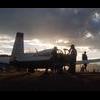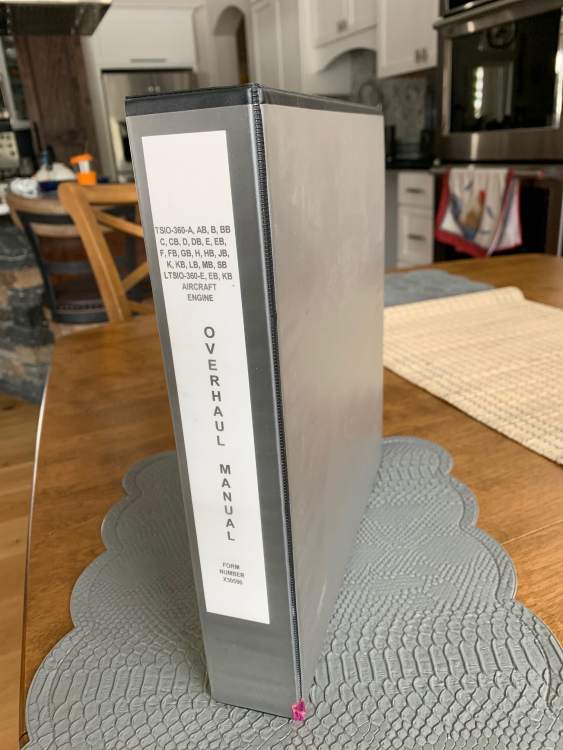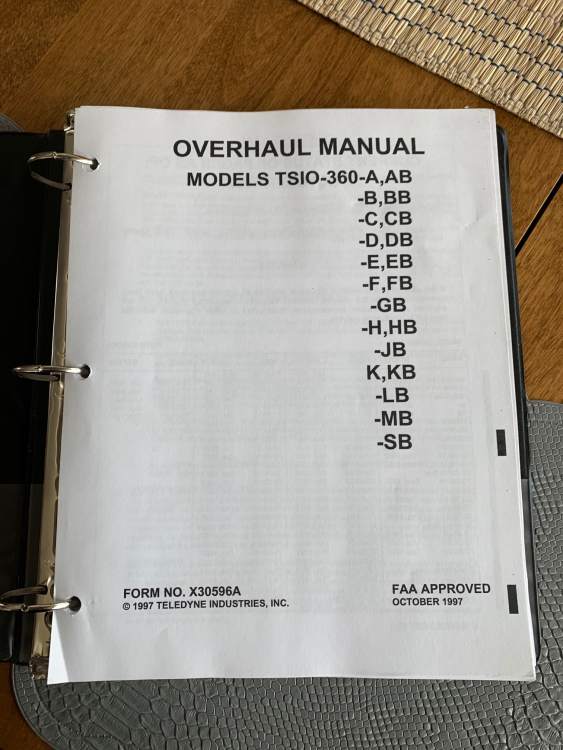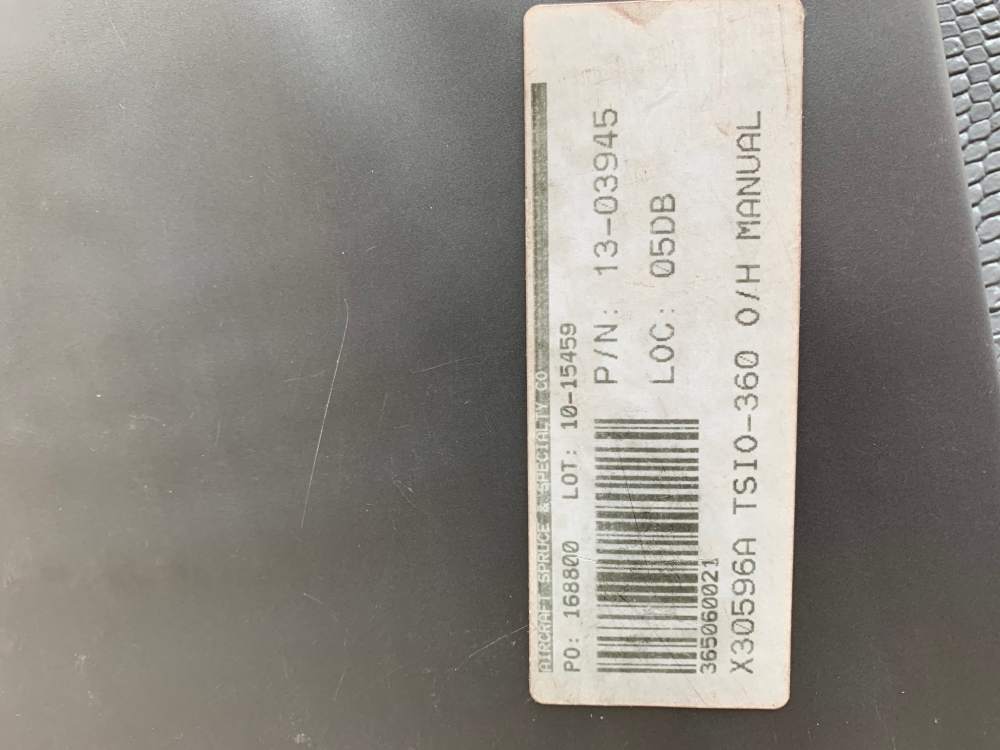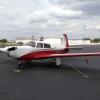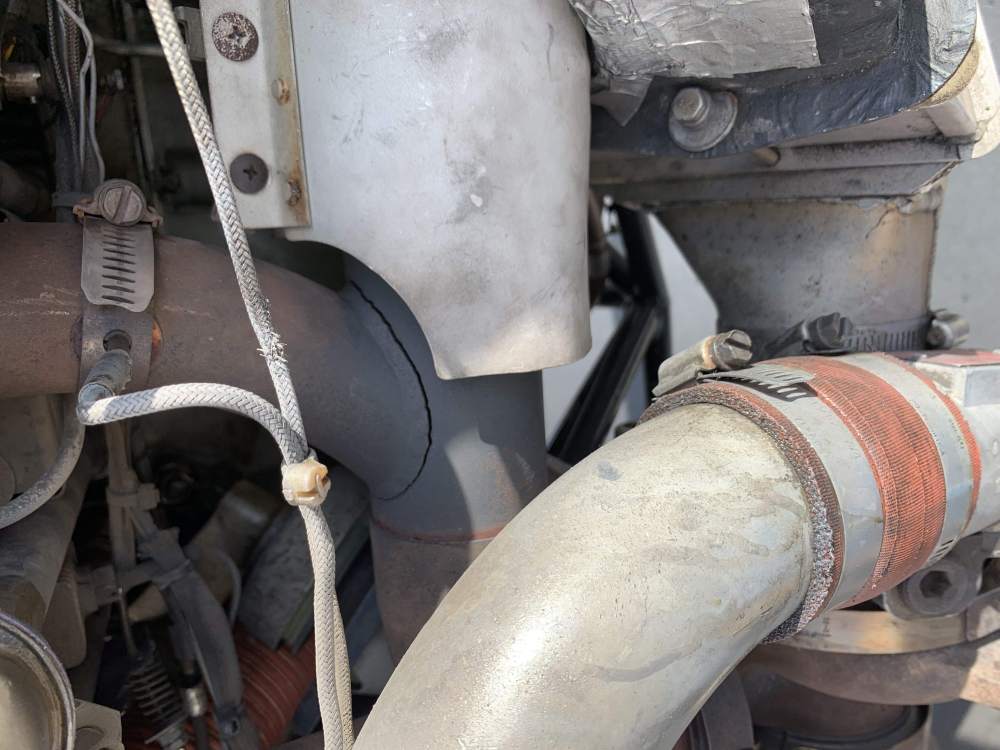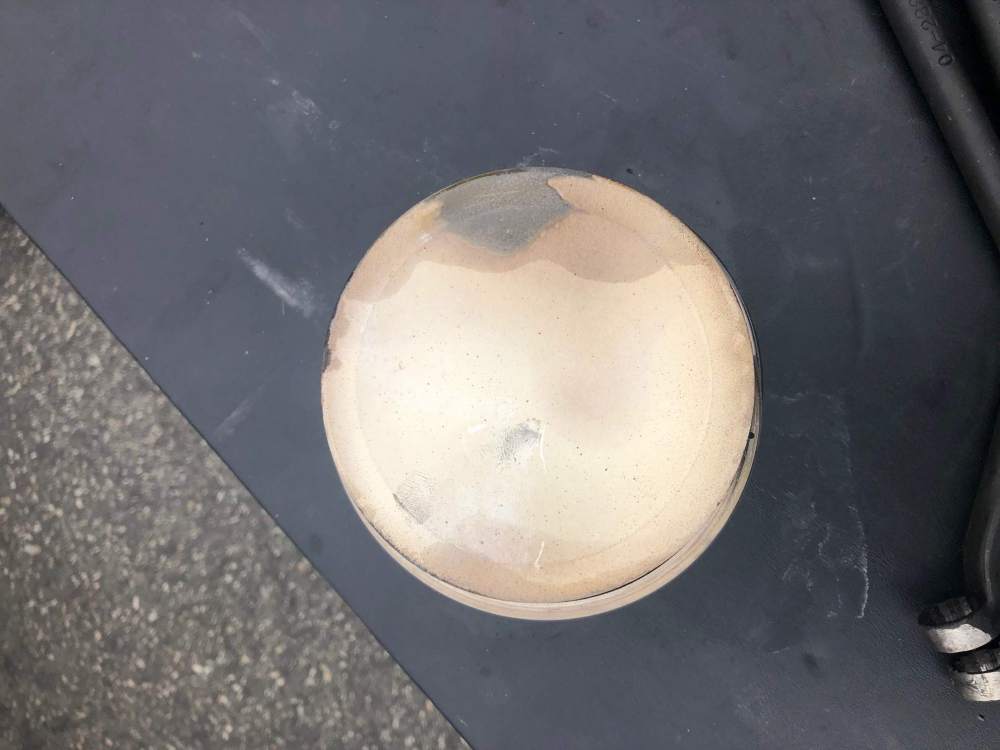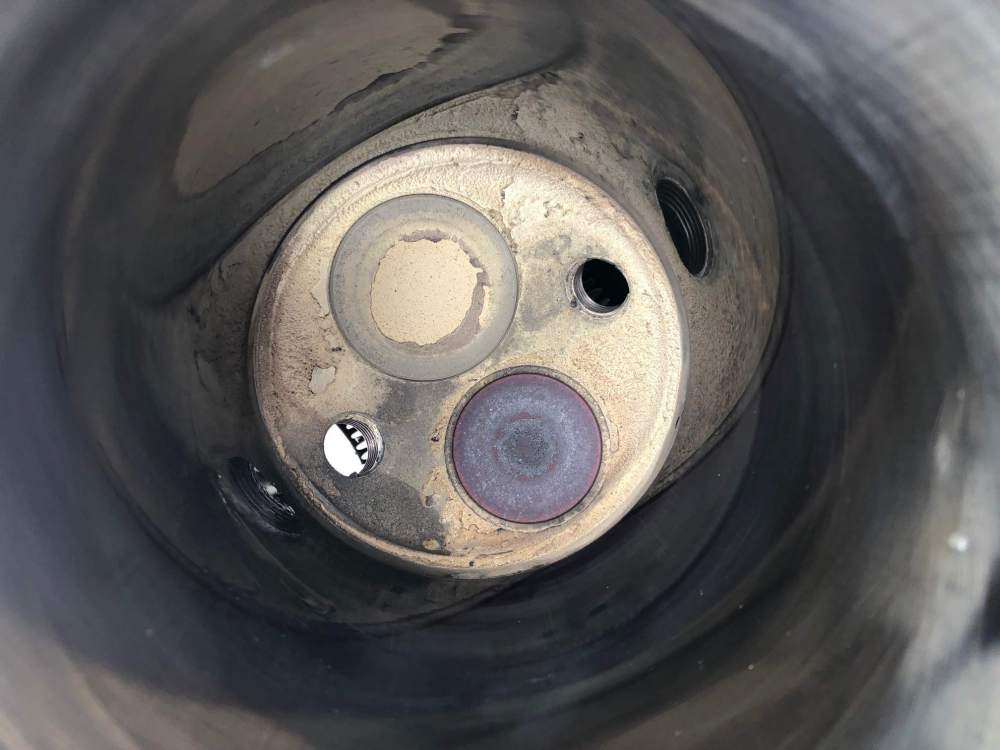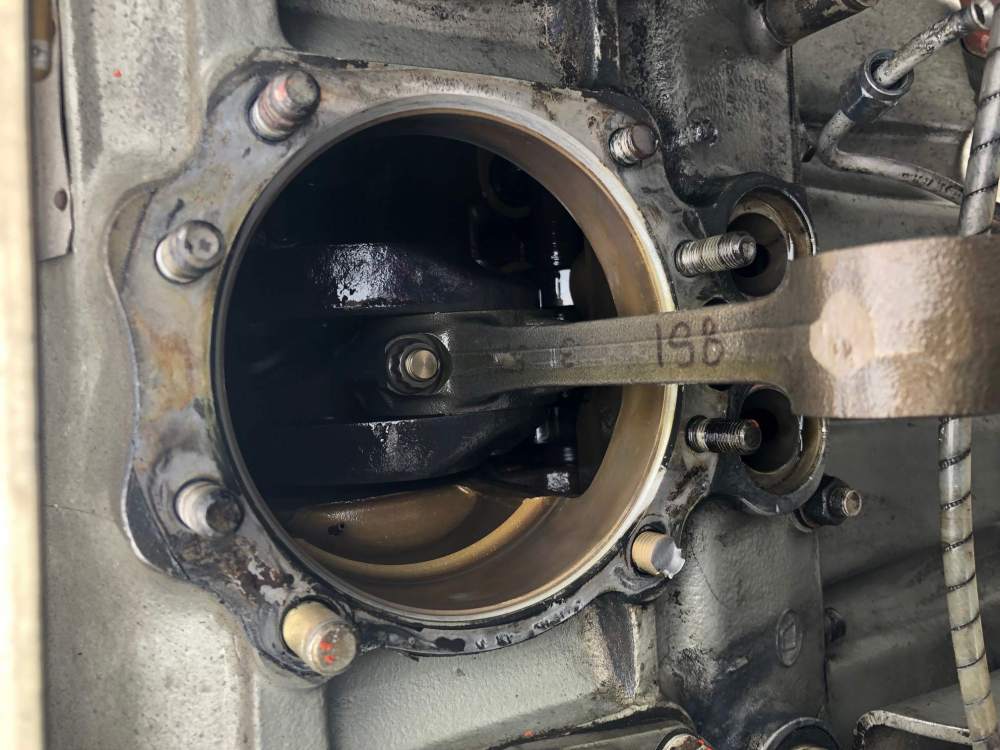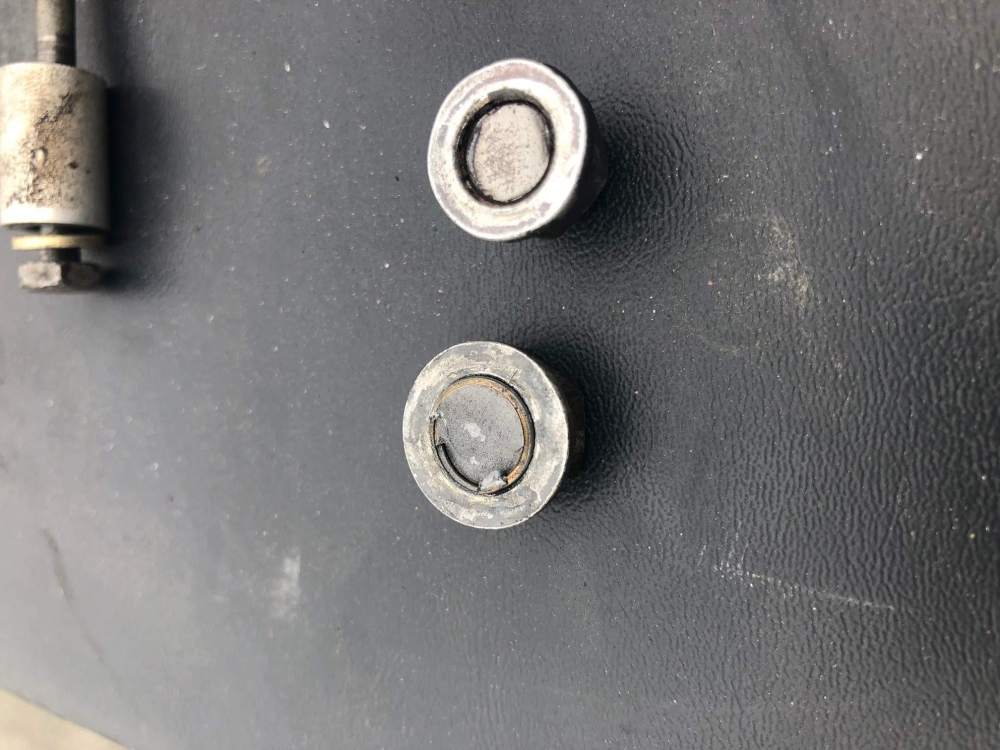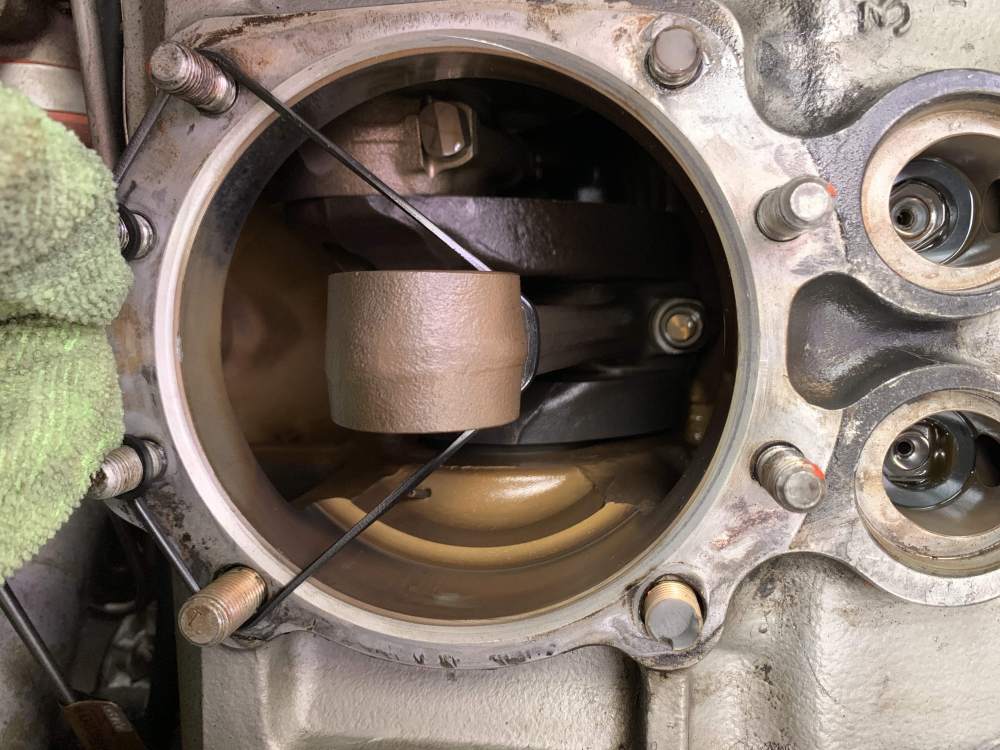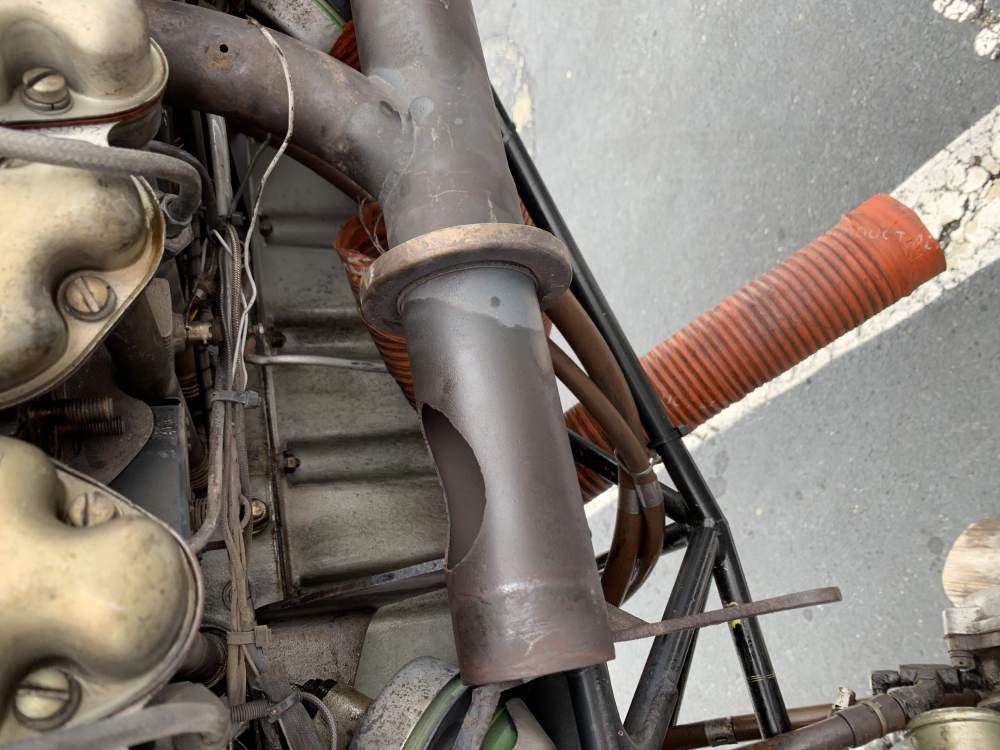Search the Community
Showing results for tags 'TSIO-360'.
-
Official TCM Overhaul Manual for most variants of the TSIO-360 Turbo Charged Six Cylinder Engine, including the -GB, -LB, -MB and -SB engines used in M20K's. FAA Approved October 1997 edition. Purchased from Aircraft Spruce and in excellent condition--no greasy finger prints, blood splatters or coffee stains. SALE $50 for reference https://www.aircraftspruce.com/catalog/eppages/continentalnewmanuals_07-10284.php?clickkey=7889118 List ($201) but not in stock
-
Kind of a followup to a question from @M20Doc - I do know there is a screen to check, although I didn't find anything about checking it in the MM; I do know that I need a 7/8" socket / wrench to remove it. What I don't know is: - how tall of a socket will fit? Will I be able to get away with a tall one that will also work on spark plugs, or do I need two? - what torque to set when reinstalling it? - should I wash / rinse the screen with anything? anything I should avoid? (edit: ok, mineral spirits - M-0 says as much) - how many band-aids should I expect to need, or is the Continental easier than the Lycoming? Non-metric tools are harder to source here than metric ones, so if possible I want to get the order right the first time...
-
So I have started a new post on this topic. The title of the last one sound a bit too lighthearted for the pain that this has become. Here is a recap: Bought the plane early March. It hasn't flown in 2 years. Squawks were expected. New turbo and overhauled mechanical pump went in prior to purchase. Got checked out by a MSC and immediate items were addressed. Had a 2.5 hr transition flight in South FL then brought it back to ORL with no squawks. Go to start it on a 50 degree morning and it won't run off the mechanical pump. Works fine off Low Boost. Come back that afternoon when it has warmed up and starts without hesitation. Same scenario next day. Send it over to the Cirrus Service Center on the field for their knowledge of TCM's. initial diagnosis is the mechanical fuel pump. Remove it and send it back to the supply shop that provided overhauled unit. They bench test it and give it a clean bill of health and send it back set at the proper idle pressures. Reattach it and the engine still will not start or run off mechanical pump. Will run off boost. The mechanical pump has 4 flights and 4 hrs total. What we have done so far: Cleared all fuel and air lines in engine, cleaned injectors Eliminated everything FWB as a restriction to fuel flow Eliminated everything downstream of mechanical pump as fuel restriction Eliminated fuel spider valve as issue Removed the pump and bench tested ourselves. Pump appears to operate normally Checked the gears, square drive, and fit of engine/pump connection components. No abnormalities. Removed fuel lines from firewall and ran the following tests: Provided gravity fed fuel directly to fuel pump. Would not work Provided external suction of gas all the way to throttle body point. Would not start. We are literally out of ideas. Does anyone have any suggestions or other tricks that may be helpful? It still runs perfect off the low boost pump, but the moment it is shut off it appears that fuel is removed from the engine. The shop is reaching out to other shops, the pump supplier, and TCM Monday morning for ideas as well. Eliminated air and spark with the operation off the boost pump. Full range of operation available on it.
-
So according to page 2 of the Savvy flight test profiles the GAMI spread flight test on a TC engine is supposed to be run at or below 65% power AND at an altitude where ambient pressure is equal to the MAP (so basically the engine is turbo normalized). So, being the chicken that I am, wanting to do the lean test at 55%, I: - assume ambient pressure is ~30" (QNH) at sea level and changes -1" for every 1000 feet (from the Saavy doc) - look at page 5-20 of the POH and see that for 55% power at 2500 RPM and 6000 feet the MP should be ~24" (30-6) - start leaning, while adding a little MP as it drops (no auto wastegate), then richen, while reducing MP, repeat 3+ times, do LOP mag check If QNH is 32, a high pressure day, I'd need to go up to 8000 ft, if it was 28, on a low pressure day, 4000 ft would have been appropriate, correct? Anything I got very wrong? Anything I am missing? 5-20-rotated.pdf
-
So, today is the first day in over two weeks when weather resembles something flyable, and it will get worse before it gets better. The plane is dripping wet, inside and out, just like in @jetdriven's 2015 posts. This means that I need to rig up an aquarium pump with kitty litter (aka dehumidifier) and force the dried air through the engine (and throw a couple bags of said product into the cabin). Question is, where is the most proper place to connect the positive pressure dry air in an open (no recirculation) setup and what is the best way to set up a closed (recirculating) setup? I'm thinking that in an open system I should push air through the dipstick to pressurize the crankcase; the dry air will flow into the camshaft area through the open intake valves and escape through the breather line. Catch is, it will also escape through the open exhaust valves, so I'm wondering if I should somehow restrict the outflow through the tailpipe and/or the breather, to make sure the path of least resistance is not through there? Or perhaps I should pressurize not just the dipstick, but also the exhaust and breather and have the slightly pressurized air escape through the intake system? But then I can just leave the dipstick in, pressurize exhaust and breather, escape via intake, right? But that becomes more complicated, and simple is good. So perhaps block tailpipe, pressurize breather? If going closed loop, push air through dipstick, pull through tailpipe, plug breather, treat intake as a safety vent, slightly restricted by the air filter? A pre/heater for the engine is a future project, not right now.
-
So I have a 1979 M20K, 75 hours into a new top end overhaul, the number 3 cylinder vibrates and broke 2 of the bolts holding it to the engine. After proper break-in procedure based at KSNA. I have done some research and from what I can find, it could of happened if the seal wasn’t prefect and over time the vibration cause the suds to break. The mechanic that did the top end doesn’t want to take any responsible and claims it’s because of the way I flew the plane LOP. He thinks all the cylinder could have been burnt up. He recommends doing an overhaul exchange at 1,000 hours it’s only $35,000. I feel like he just wants to wash his hands with everything, and cover his tracks.. Has anyone ran into similar problems? This is my first plane, and I really don’t know how to proceed....
- 15 replies
-
- top overhaul
- overhaul
-
(and 3 more)
Tagged with:
-
Need some help in finding a low time tsio 360 LB - 1B for a 231 M20K Mooney. Thanks John.calvert1@ca.rr.com
- 1 reply
-
- tsio-360
- 1983 m-20k
-
(and 1 more)
Tagged with:

